|
|
|
|
Species Photo Gallery for Balclutha neglecta No Common Name 3 |
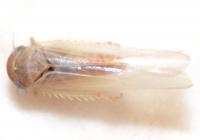 | Photo by: Kyle Kittelberger
Out Of State Co.
Comment: male, 3.25 mm | 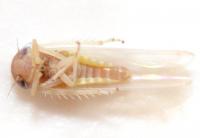 | Photo by: Kyle Kittelberger
Out Of State Co.
Comment: male, 3.25 mm |
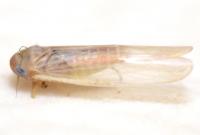 | Photo by: Kyle Kittelberger
Out Of State Co.
Comment: male, 3.25 mm |

 »
»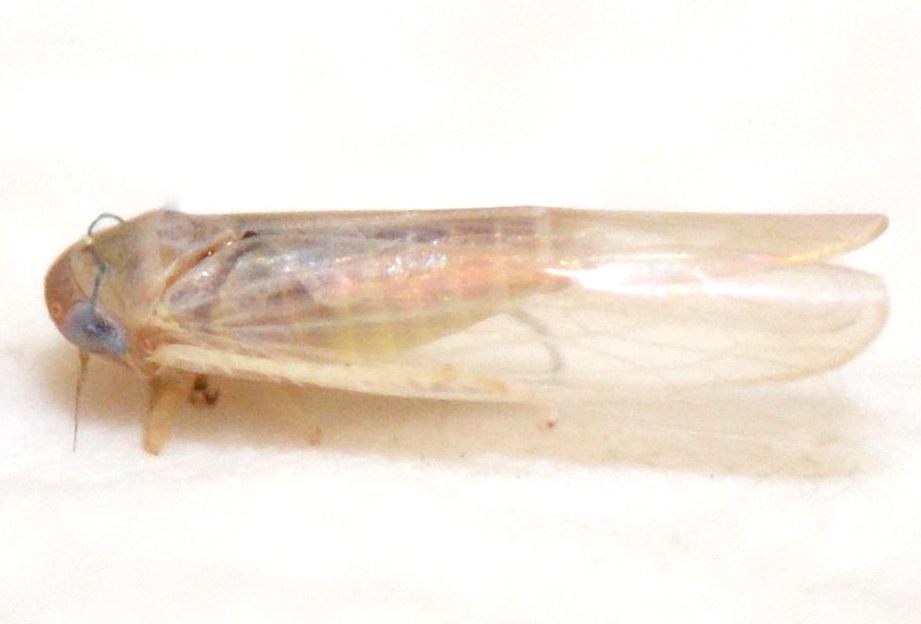
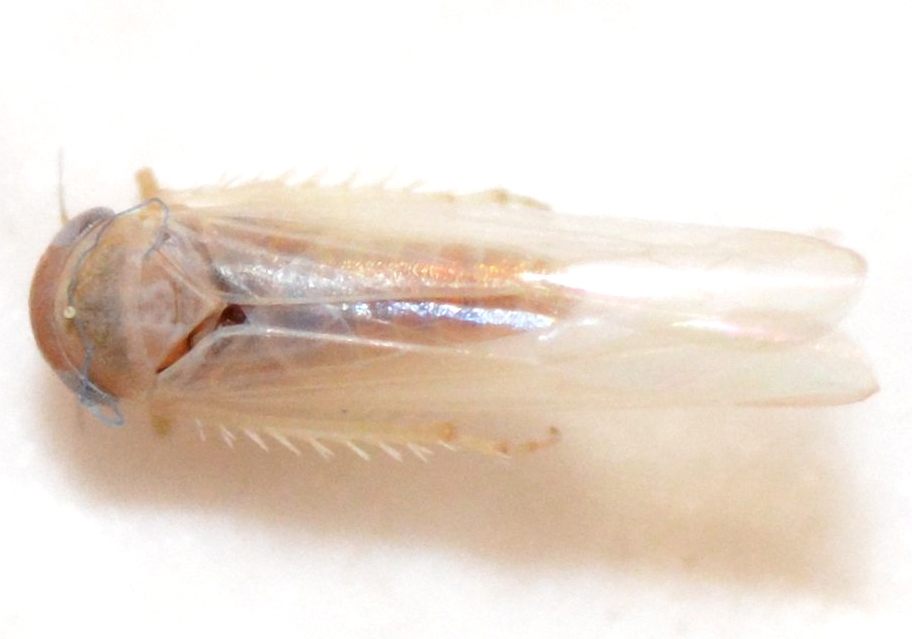
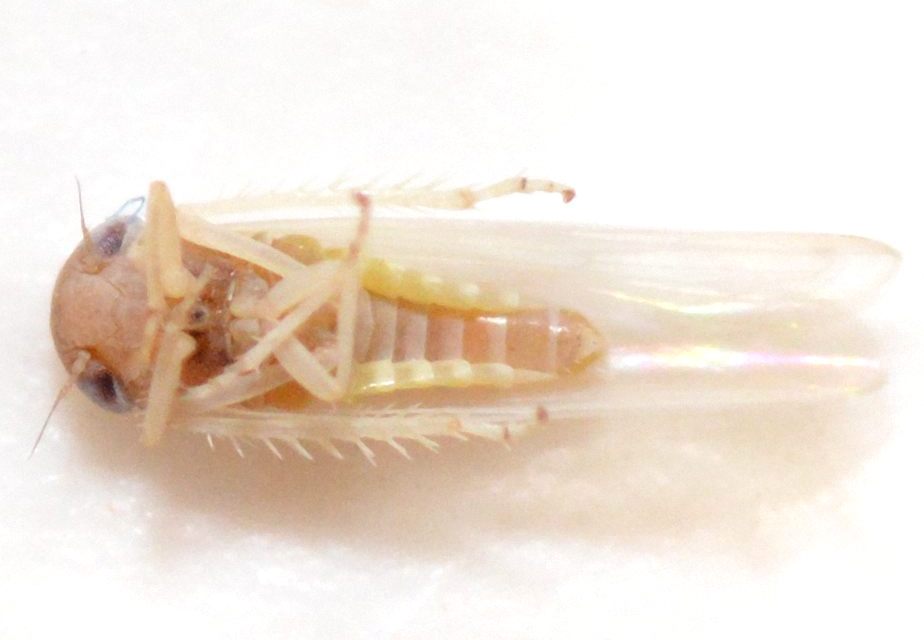

 »
»

